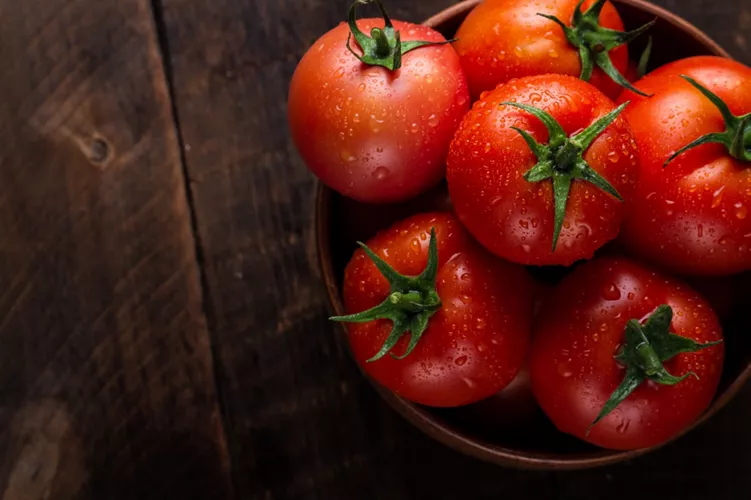This content was automatically translated. View the original text.

Overview
From the Americas to Parma: a long journey at the Tomato Museum
Close to Parma, in the agricultural heart of Emilia Romagna, is the Tomato Museum, the red gold of these lands.
We are in Collecchio, where the story of a tomato now exported worldwide is told, from its cultivation to conservation.
Conservation pioneers
The secret of the Parma tomato's success lies in having quickly found a way to preserve a fresh, highly perishable product.
This was thanks to innovative 19th-century agronomists who dared to experiment with new conservation techniques. The pioneers of the new industry were born in this time, and it was they who started real entrepreneurial dynasties.
The real breakthrough came in 1922 with Stazione Sperimentale delle Conserve. Thanks to those innovations that have been continuously improved over time, more than a million tonnes of tomatoes are processed in the area and exported halfway around the world today.
The tomato revolution
Before tomatoes arrived from the New World, European tables had a different colour. In the Renaissance, food was still seasoned with brown sauces. Then something yellow appeared on ships returning from the Americas: this was the colour of the first tomatoes to reach the Old Continent.
In Italy, tomatoes began to be used around 1600. A Tuscan recipe dates back to 1705, which cooked vegetables in peeled red tomatoes, cut into pieces and sauteed in oil. This was how it all started. As tomatoes grew more and more popular, people began to think about the best way to store them throughout the year and transport them even over great distances. Thus preserved tomato purée was created.
The journey of the tomato: from field to table
There are seven stages in the processing of tomatoes for state-of-the-art tomato purées, all of which are illustrated along the itinerary of the museum located in Corte di Giarola, in an ancient agro-processing centre of the Middle Ages.
The stages are sorting and cleaning, washing, blanching, sieving or pressing, pasteurisation, packaging. Whether prepared at home or industrially, the process does not change, thus the tomato remains delicious.
Make sure to stop in the last part of the museum tour that illustrates the culture around tomatoes with advertisements, sculptures, paintings and... recipes!
La Corte di Giarola and surroundings
Thanks to its location on one of the fords of the Taro River and along the Via Francigena, Corte di Giarola was already an important place in medieval times. A women's monastery dedicated to St Paul stood here, around which a church, stables, cowsheds, a mill, a dairy and homes were built over time. All protected by strong walls.
Don't miss the parish church of San Prospero, which dates back to the 11th century. It preserves zoomorphic capitals and terracotta decorations. The 19th-century Villa Nevicati, surrounded by a park with centuries-old trees, is also worth a visit.
In the mood for nature? Then enjoy a walk among the trees and ponds of Boschi di Carrega Park, the former hunting reserve first of the Farnese family and then the Bourbons.